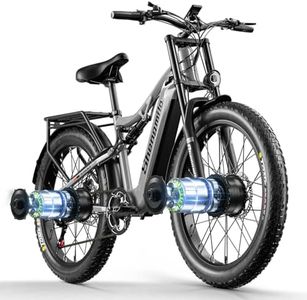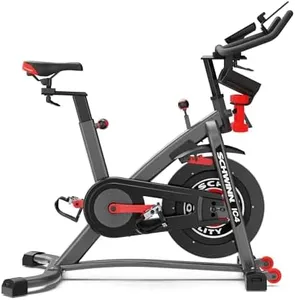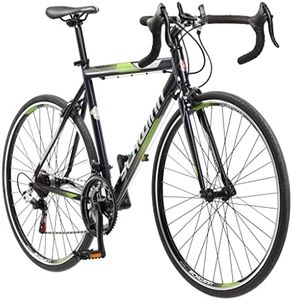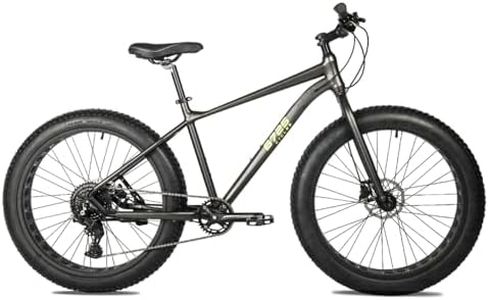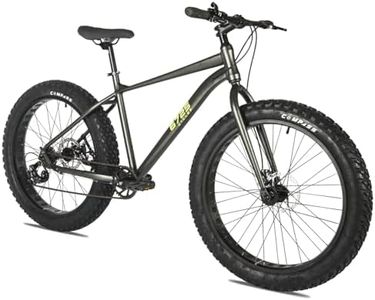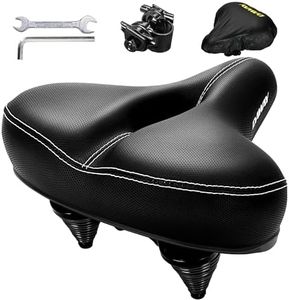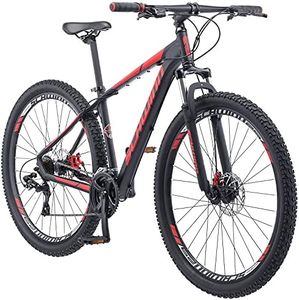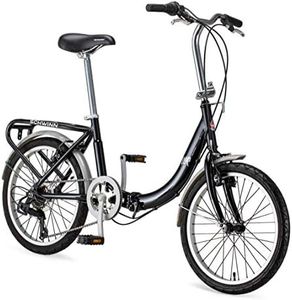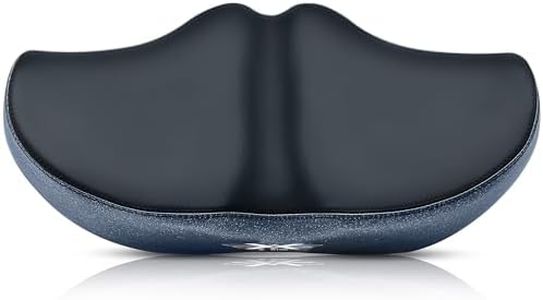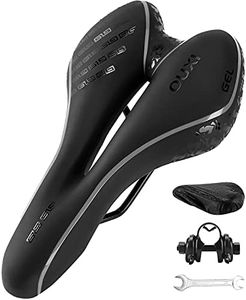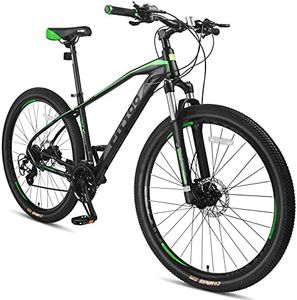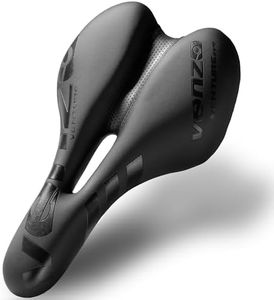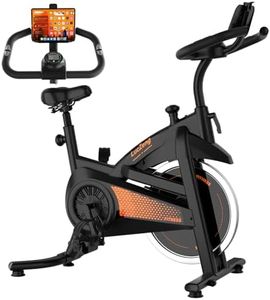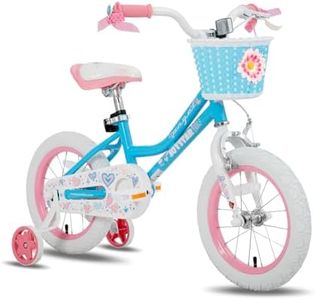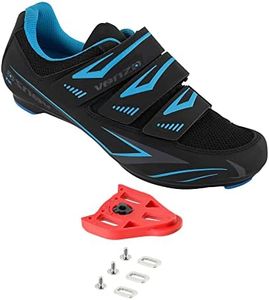We Use CookiesWe use cookies to enhance the security, performance,
functionality and for analytical and promotional activities. By continuing to browse this site you
are agreeing to our privacy policy
10 Best Womens Bikes
From leading brands and best sellers available on the web.By clicking on a link to a third party's website, log data is shared with that third party.
Buying Guide for the Best Womens Bikes
Choosing a women's bike is all about finding the right combination of comfort, fit, and performance for your lifestyle and physical needs. As bikes come in many types and sizes, it’s important to think about where and how you’ll be riding. Will you cruise along city streets, tackle mountain trails, or commute daily to work? Understanding your main riding purpose will help narrow down the options. Test rides are invaluable, as the feel of the bike can make a big difference in your enjoyment and safety. Always check for proper fit and comfort before making your decision.Frame Size and GeometryFrame size refers to the overall dimensions of the bike and especially how the bike fits your body. It's one of the most critical aspects because the right frame size offers better control, reduces the risk of injury, and increases comfort during longer rides. Women’s bikes often have geometry designed to suit the average female body proportions, sometimes with shorter top tubes and narrower handlebars. Sizes often range from small to large, or in centimeters or inches. To pick the right size, stand over the bike; you should have a bit of clearance over the top tube, and the reach to the handlebars should feel natural, not stretched or cramped. Your inseam and overall height are good starting points for initial sizing, but a professional fitting is also highly recommended.
Bike TypeBike type indicates what the bike is best suited for: road, mountain, hybrid, cruiser, or even electric. This is important because it affects the bike’s comfort, speed, and terrain suitability. Road bikes are best for paved surfaces and speed; mountain bikes for off-road and rugged trails; hybrids combine elements for casual riding on mixed surfaces; cruisers focus on comfort for casual, flat rides; and electric models provide extra power for commutes or tough hills. Your main riding environment and what you want to get out of cycling should guide which type you choose.
SuspensionSuspension refers to the system that absorbs shocks from the surface or trail. Some bikes have no suspension (rigid), while others may have front suspension (hardtail) or both front and rear (full-suspension). No suspension is typically found on road, hybrid, and cruiser bikes suited for smooth surfaces. Hardtails or full-suspension are common on mountain bikes, making rough terrain more comfortable. If you’ll stick to flat, paved paths, you likely don’t need suspension, but if off-road trails are your thing, front or both suspensions can make a big difference in comfort and control.
GearingGearing refers to how many speeds or gear options the bike has, affecting how easy it is to pedal up hills or gain speed on flats. More gears mean more flexibility to tackle various terrains, while single-speed bikes are simpler and lighter, suitable for flat areas. Gears are typically organized with combinations of front chainrings and rear cogs. If you ride in hilly areas or plan to take longer, challenging rides, look for bikes with a wide range of gears. For city or casual riders on mostly flat terrain, fewer gears may be sufficient and simpler to maintain.
BrakesBrakes are crucial for safety and control. Types include rim brakes and disc brakes. Rim brakes press pads against the wheel rim, while disc brakes use a rotor at the hub for better stopping power, especially in wet or muddy conditions. Disc brakes can be mechanical or hydraulic, with hydraulic models offering smoother stopping but often at a higher cost and maintenance complexity. For casual and city riders, rim brakes may suffice, while those riding in varied weather or off-road will benefit from disc brakes.
Saddle and Contact PointsThe saddle, handlebars, and pedals are the main spots where your body touches the bike. Their design and adjustability are key to comfort and efficiency, especially for women who may have different body proportions. Women’s bikes sometimes have saddles designed for wider sit bones and handlebars that account for narrower shoulders. When trying bikes, pay attention to how comfortable you feel, and remember many contact points can be swapped or adjusted for a better fit.
WeightThe weight of a bike makes a difference in how easy it is to handle, carry, and accelerate, especially important if you'll be transporting the bike upstairs or loading it on vehicles. Lighter bikes are typically easier to ride uphill and maneuver, but sometimes durability can be a trade-off. Think about your own strength and how often you might need to lift the bike, as well as what type of riding you’ll do.
